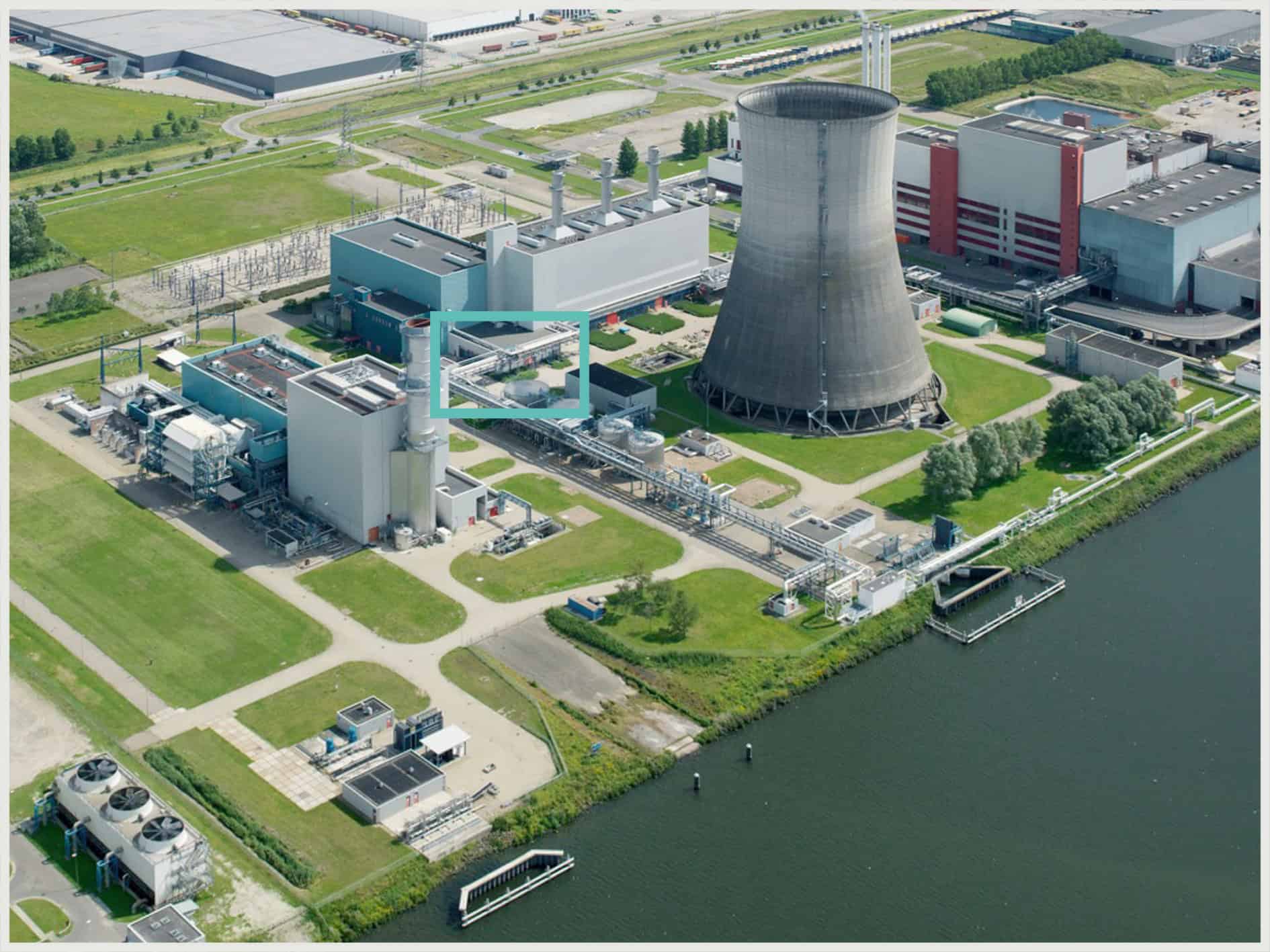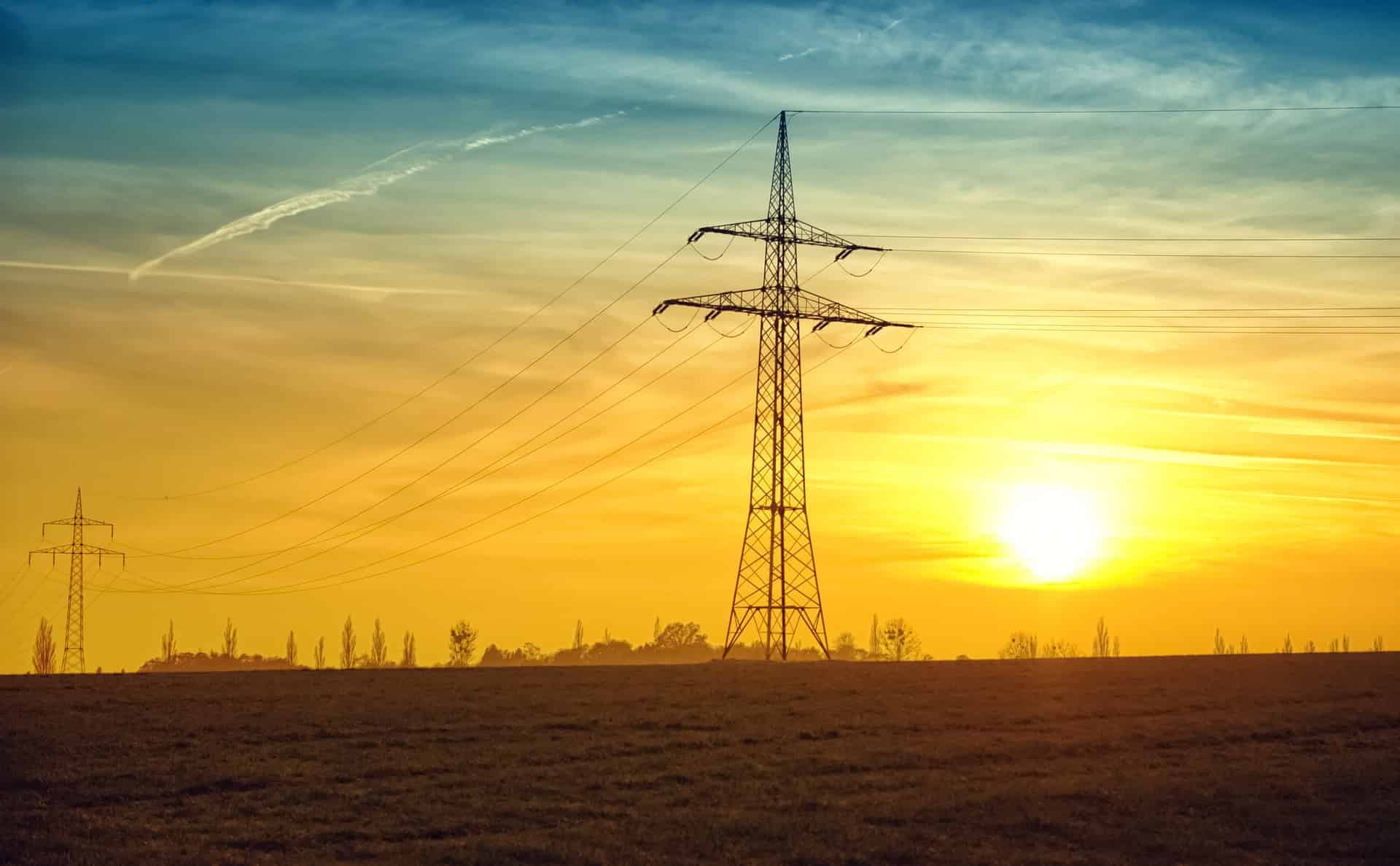
RWE is expanding its battery storage activities in the Netherlands with an innovative grid stability technology. At the site of its power plant in Moerdijk, the Netherlands’ largest power producer has begun installing an ultra-fast battery storage system. The battery has a capacity of 7.5 megawatts (MW) and a storage capacity of 11 megawatt-hours (MWh). The system will protect the power grid from excessive frequency deviations by delivering or withdrawing electricity at lightning speed. This function is called inertia.
Keeping grid in balance
Marinus Tabak, COO of RWE Generation and RWE Country Chair for the Netherlands, said, “Our new battery is innovative because it does more than just store energy. With this project we are testing the delivery of inertia through a battery storage system in the continental European grid. Such systems will play an important role in balancing modern electricity grids in the future. Especially as we increasingly switch to renewable energy and decentralized energy systems across Europe.”
In power systems with primarily conventional generation, moment reserve is provided primarily by the inertia of rotating masses from conventional power plants, for example, coal-fired power plants. As conventional generation plants are replaced by renewable energy, the number of rotating generators decreases. Battery storage systems can compensate for this loss of synchronous inertia in the power grid.

Three battery containers
At the Moerdijk Power Plant, RWE is installing three lithium iron phosphate battery containers for the battery storage system, which will be connected to the high-voltage grid via the existing grid connection. Thanks to a highly reactive control technology and inverters with grid forming functionality, the battery storage system can provide instant reserve power. The grid forming feature here refers to the ability to take over key functions traditionally performed by conventional power plants to ensure a stable and reliable power grid.
Late 2024
After commissioning at the end of 2024, the system will be tested for two years. During this pilot phase, grid operator TenneT, as a partner of the project, will further develop the technical requirements and grid compliance procedures for the grid forming function.

